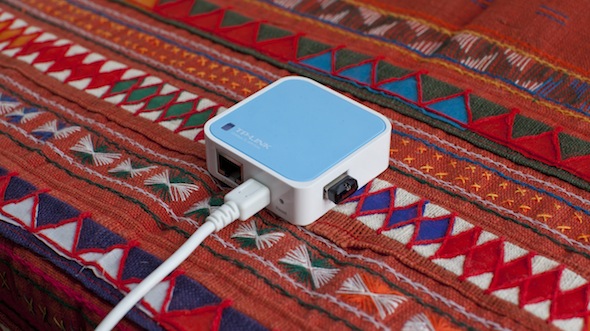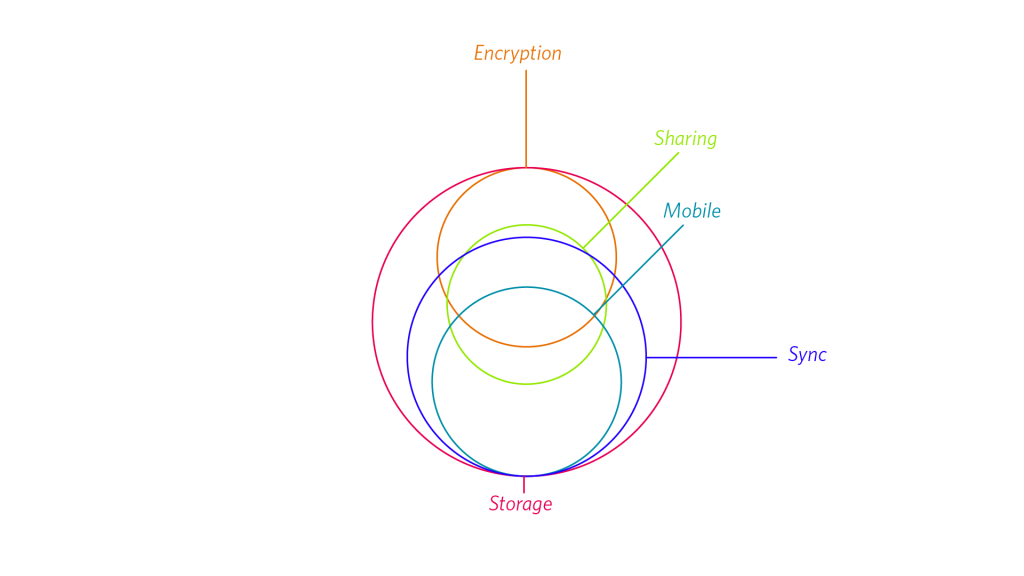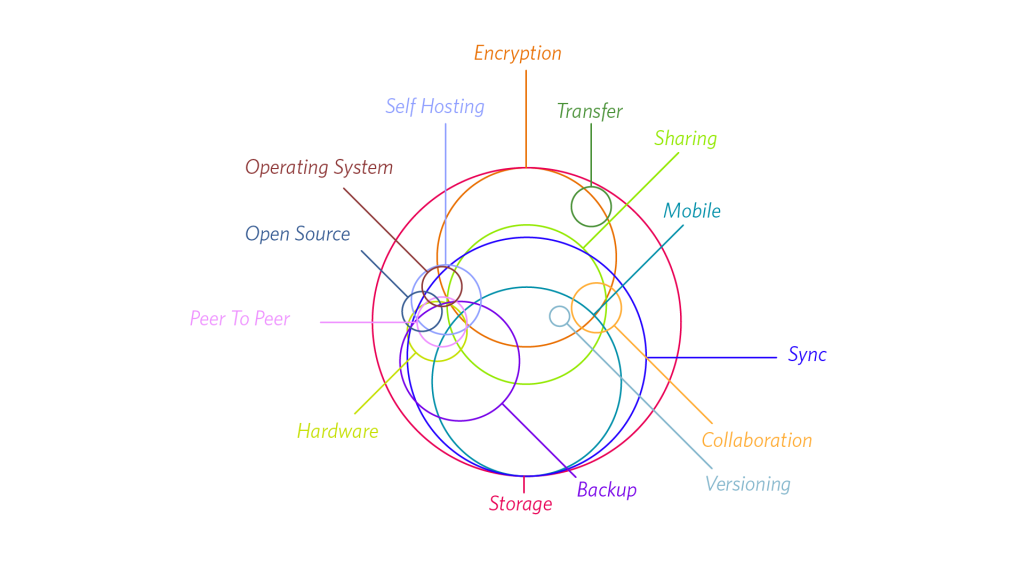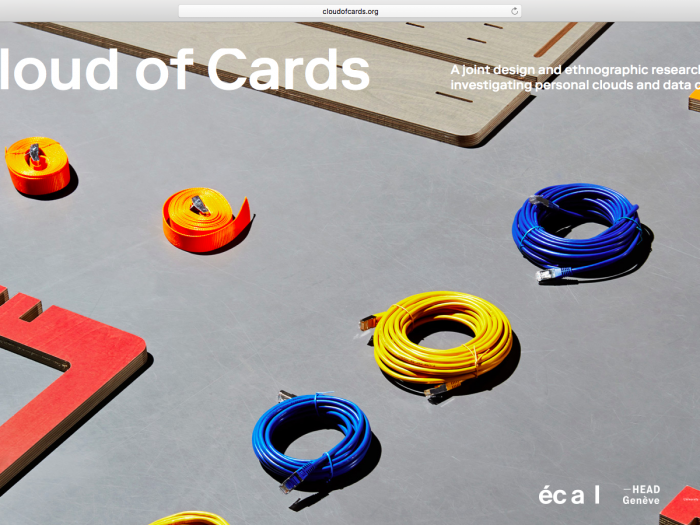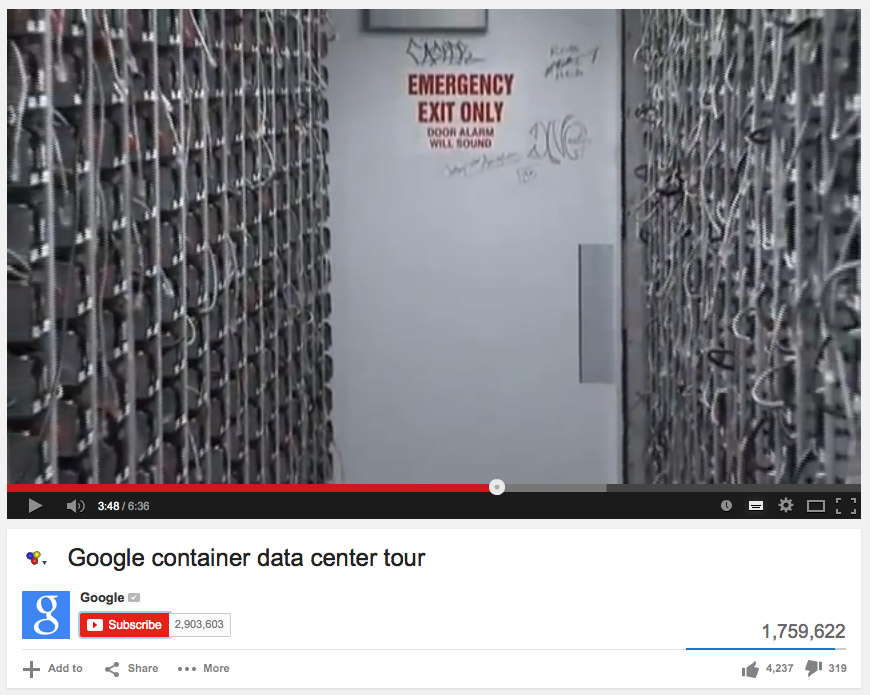
Since 2005, Google is interested in shipping data centers installed in 40” standard international containers. However, they also worked on the setup of the whole data center building composed of these containers. This video walks us through one of these actual buildings. The screenshot above is a rare documentation of an exception addressing one of the eeriest aspects of data centers: the absence of any trace of human life or moreover social life, as depicted in Timo Arnall’s Time Machine. Graffiti is however a particularly redundant trace of human activity which reaches the most hostile environments, and in this particular sense it is interesting to consider two aspects.



